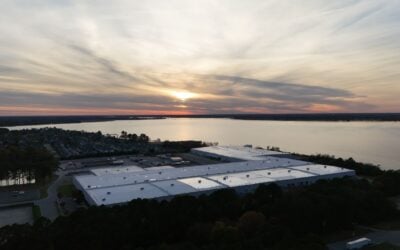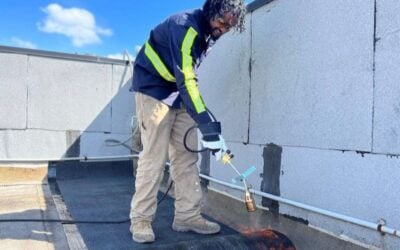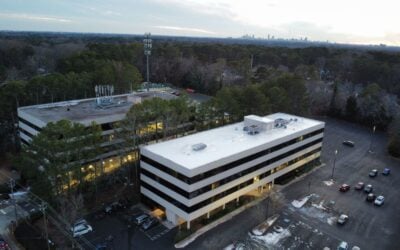As a commercial property owner, maintaining the integrity of your building’s roof is one of the most important tasks you can prioritize. Roofs are constantly exposed to the elements, and over time, wear and tear can lead to costly repairs if not addressed early on. Regular roof maintenance can help extend the life of your roof, prevent unexpected damages, and ensure the safety and comfort of those inside the building.
To help guide you through the roof maintenance process, we’ve compiled a comprehensive checklist that every commercial property owner should follow. By staying on top of these tasks, you can protect your investment, avoid major disruptions, and keep your property running smoothly year-round.
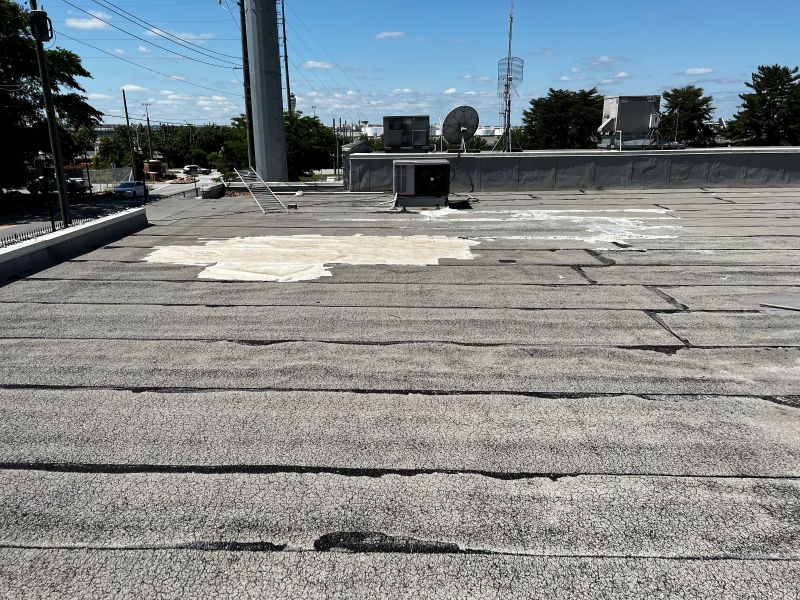
1. Inspect the Roof Regularly
Regular inspections are the foundation of any effective roof maintenance plan. Inspecting the roof at least twice a year—preferably in the spring and fall—ensures that potential issues are identified early. This helps prevent costly repairs or replacements in the future. If your building is located in an area with extreme weather conditions, such as heavy snowfall or intense storms, more frequent inspections may be necessary.
During the inspection, look for any signs of visible damage such as cracks, leaks, or worn-out materials. Pay attention to the flashing around vents, skylights, and chimneys, as these areas are often prone to leaks. Ensure that there is no pooling water, as standing water can cause damage to your roof over time.
2. Clear Debris and Clean Gutters
Debris, such as leaves, twigs, and dirt, can accumulate on your roof and in your gutters, obstructing water flow and contributing to potential water damage. It’s important to clear away any debris to prevent water from backing up and causing leaks or structural damage.
Additionally, clean and inspect the gutters regularly. Clogged gutters can lead to water overflow, which can seep under the roofing material and damage the building’s interior. Ensure that gutters are securely attached and free of blockages, allowing for proper water drainage.
3. Check for Signs of Wear and Tear
Over time, roofing materials can deteriorate due to exposure to the sun, wind, and rain. Inspect for signs of wear such as curling, blistering, or cracks and punctures (if you have a flat roof). These signs are indicators that your roof may need repairs or replacement.
For flat roofs, inspect the seams and flashing, as these areas are particularly vulnerable to damage. If you spot any cracks, holes, or weakened seams, it’s crucial to address the issue promptly before it escalates into a larger problem.

4. Examine the Roof’s Flashing
Flashing is used to seal joints and seams, particularly around areas such as vents, chimneys, and skylights. If flashing is damaged or missing, it can lead to water infiltration and mold growth. Regularly check the flashing for any signs of rust, damage, or loose sections that could allow water to penetrate.
If you notice any issues with the flashing, it’s important to repair or replace it as soon as possible to avoid water damage.
5. Inspect Roof Penetrations and Seals
Roof penetrations, such as HVAC units, vents, and skylights, are common areas where leaks can form. Check these penetrations for any signs of damage or wear to the seals and surrounding materials. Ensure that any sealants used around these penetrations are still intact and not cracked or peeling.
In addition, if there are any signs of mold, mildew, or water staining around these areas, it could indicate a leakage problem. Prompt attention to these issues can help prevent more extensive damage to your roof.
6. Monitor the Roof’s Insulation
Proper insulation is essential for regulating temperature and preventing condensation buildup in your building. Poor insulation can lead to higher energy costs, moisture problems, and even roof damage if not addressed. Check the roof’s insulation during your inspection and look for any signs of deterioration or moisture buildup.
If you notice areas where the insulation appears to be damaged or wet, consider replacing or adding more insulation to ensure your building remains energy-efficient and moisture-free.
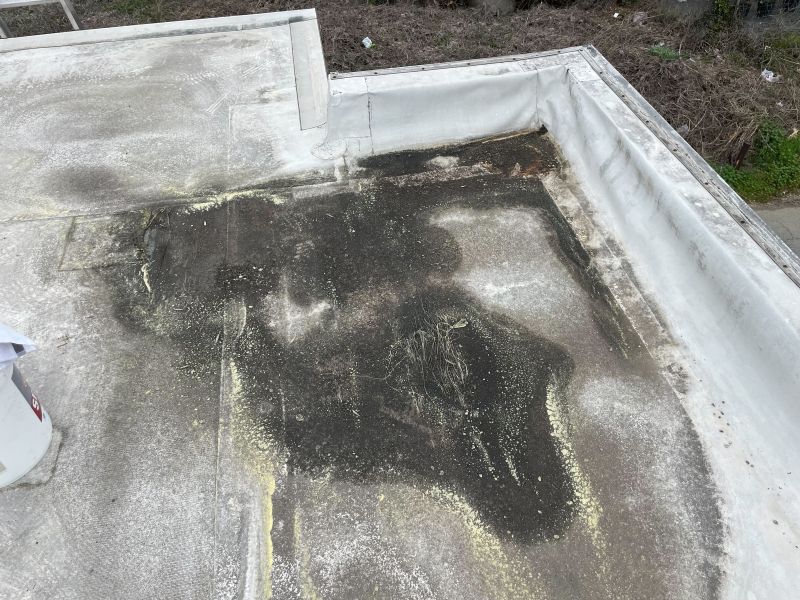
7. Address Small Issues Before They Become Big Problems
As a commercial property owner, it’s essential to act quickly when you notice small issues during your roof inspection. A minor crack, loose shingle, or small leak might seem insignificant, but if left unattended, it can escalate into a larger, more expensive problem. Taking care of minor repairs early on can save you from having to deal with major repairs or even a complete roof replacement down the line.
8. Hire Professional Roofers for Regular Maintenance
While DIY inspections can be helpful, it’s crucial to hire a professional roofing contractor to perform more detailed assessments and repairs. Professional roofers have the experience, tools, and expertise to identify issues that may not be visible to the untrained eye. They can also provide advice on the best practices for maintaining your roof and offer repair or replacement services when necessary.
Regular roof maintenance is essential for every commercial property owner to keep their building safe, functional, and energy-efficient. By following this checklist, you can ensure that your roof stays in optimal condition, extending its lifespan and preventing costly repairs. Don’t wait until a small issue becomes a major problem—make roof maintenance a priority, and you’ll be well on your way to protecting your investment.
If you need help with your commercial roof maintenance or would like a professional inspection, don’t hesitate to reach out to a trusted roofing contractor. Regular maintenance today can prevent costly repairs tomorrow.


